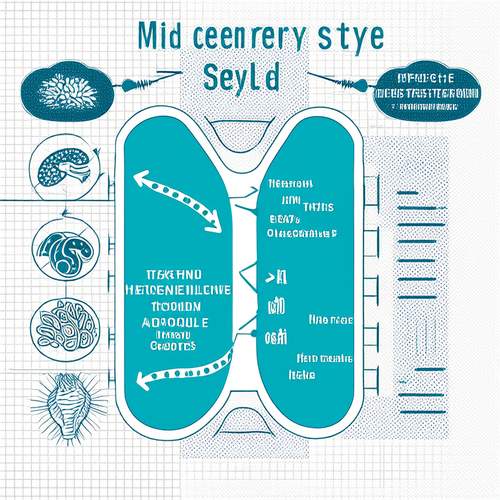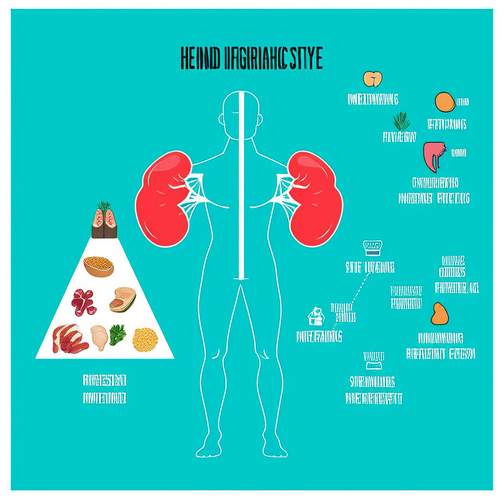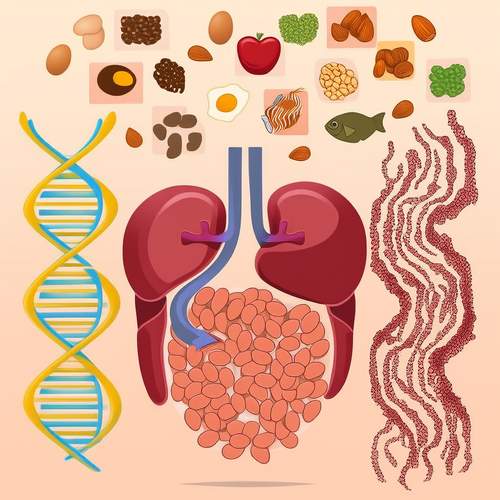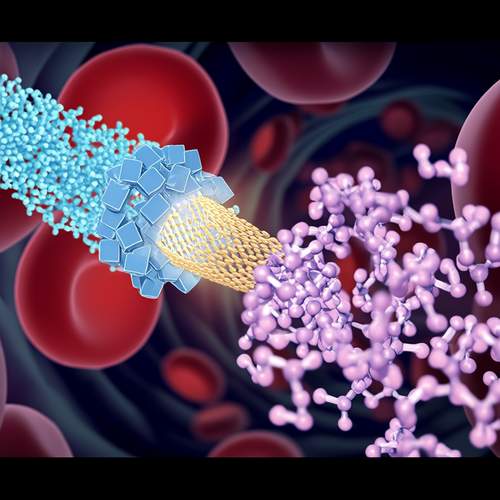For individuals struggling with gout or elevated uric acid levels, understanding the relationship between purines and uric acid control is crucial. Purines are natural compounds found in many foods, and when broken down by the body, they produce uric acid as a byproduct. While uric acid is normally excreted through urine, excessive accumulation can lead to hyperuricemia, increasing the risk of painful gout attacks and other health complications.
The key to managing uric acid levels lies in moderating purine intake. Not all purine-rich foods affect the body equally, and recent research suggests that the source of purines may be just as important as the quantity. Animal-based purines, particularly from red meat, organ meats, and certain seafood, tend to have a more significant impact on uric acid production compared to plant-based sources.
Dietary adjustments play a pivotal role in uric acid management. While complete elimination of purines is neither practical nor necessary, strategic food choices can make a substantial difference. Foods like cherries, low-fat dairy products, and coffee have shown potential uric acid-lowering effects, while alcohol, especially beer, and high-fructose corn syrup can exacerbate uric acid production. The complexity of these interactions underscores the importance of personalized dietary approaches.
Beyond diet, hydration status significantly influences uric acid excretion. Adequate water intake helps dilute uric acid in the bloodstream and promotes its elimination through the kidneys. Many healthcare professionals recommend drinking at least 2-3 liters of water daily for individuals with elevated uric acid levels, with adjustments made for climate, activity level, and individual health considerations.
Weight management emerges as another critical factor in uric acid control. Excess body weight correlates with higher uric acid production and reduced elimination. However, rapid weight loss through extreme diets can temporarily increase uric acid levels, highlighting the need for gradual, sustainable approaches to weight management. A combination of balanced nutrition and regular physical activity typically yields the best results for both weight control and uric acid regulation.
The body's ability to process purines varies significantly among individuals due to genetic factors and metabolic differences. Some people can consume moderate amounts of purine-rich foods without experiencing elevated uric acid levels, while others may need to be more restrictive. This variability explains why blanket dietary recommendations often prove ineffective and why monitoring individual responses to specific foods remains essential.
Medical interventions may become necessary when lifestyle modifications prove insufficient. Various medications can help control uric acid levels by either reducing production or increasing excretion. However, these pharmaceutical options work best when combined with appropriate dietary and lifestyle changes, creating a comprehensive approach to uric acid management.
Recent studies have begun exploring the gut microbiome's role in purine metabolism and uric acid regulation. Preliminary findings suggest that certain gut bacteria may influence how the body processes purines, potentially opening new avenues for dietary interventions or probiotic therapies. While this research is still in early stages, it represents an exciting frontier in our understanding of uric acid control.
The psychological aspect of dietary changes for uric acid management should not be underestimated. Many patients find purine-restricted diets challenging to maintain long-term, particularly when favorite foods must be limited. Developing sustainable eating patterns that balance enjoyment with health requirements often requires professional guidance and support systems to ensure lasting adherence.
Regular monitoring of uric acid levels provides valuable feedback for adjusting dietary and lifestyle approaches. Blood tests can reveal how effectively current strategies are working and help identify when modifications might be needed. This objective data complements subjective measures like symptom frequency and severity, creating a more complete picture of an individual's uric acid status.
Cultural and socioeconomic factors frequently influence dietary patterns and must be considered when developing uric acid management plans. Traditional cuisines vary widely in their purine content, and practical recommendations should respect cultural preferences while suggesting achievable modifications. Accessibility and affordability of recommended foods also play crucial roles in long-term dietary adherence.
The relationship between purines and uric acid continues to evolve as nutritional science advances. While current guidelines provide a solid foundation, individuals should remain open to adjusting their approaches as new evidence emerges. Working with healthcare providers to develop personalized strategies offers the best chance for successful long-term uric acid control and reduced risk of gout complications.

By /May 21, 2025

By /May 21, 2025

By /May 21, 2025

By /May 21, 2025

By /May 21, 2025

By /May 21, 2025

By /May 21, 2025

By /May 21, 2025

By /May 21, 2025

By /May 21, 2025

By /May 21, 2025

By /May 21, 2025

By /May 21, 2025

By /May 21, 2025

By /May 21, 2025

By /May 21, 2025

By /May 21, 2025

By /May 21, 2025

By /May 21, 2025

By /May 21, 2025